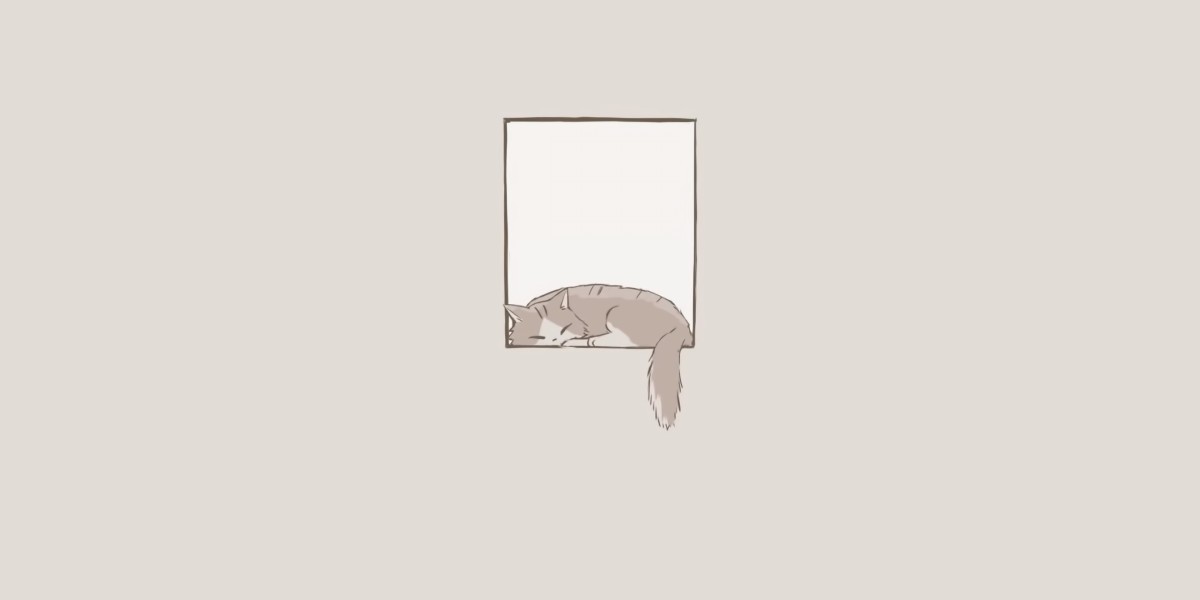Discover the Ultimate Comfort: Perfect Positions for Expecting Moms!
Pregnancy is a beautiful journey, but it comes with a myriad of physical changes and challenges that can significantly impact a woman's comfort and overall well-being. As the body adapts to accommodate the growing baby, many expecting mothers experience discomfort that can make everyday activities feel daunting. From back pain to sleep disturbances, the right positions can play a crucial role in alleviating these issues. Understanding how to position oneself during various activities—be it sleeping, exercising, or simply relaxing—can lead to a more enjoyable pregnancy experience. This article aims to explore suitable positions that not only promote comfort but also enhance the quality of life during this transformative time.

Understanding Pregnancy Discomfort
As the pregnancy progresses, many women face common discomforts such as back pain, swelling in the legs, and sleep disturbances. The growing belly shifts the center of gravity, which can lead to strain on the back and hips. Additionally, hormonal changes can cause ligaments to loosen, contributing to discomfort. It's essential to address these issues by finding the right positions that can help mitigate discomfort. For instance, sitting for long periods without proper support can exacerbate back pain, while certain sleeping positions may hinder restful sleep. Thus, being mindful of body positioning can play a vital role in alleviating these discomforts and promoting overall well-being throughout the pregnancy.
Comfortable Sleeping Positions
When it comes to sleep, finding the right position is paramount for pregnant women. The best sleeping position is typically on the side, with a strong emphasis on the left side. Sleeping on the left side can improve blood circulation to the baby and the mother's organs, reducing the risk of complications. Using pillows for support is equally important; placing a pillow between the knees can help align the hips and reduce strain on the lower back. Some friends have shared that they found great relief by adopting the "pillow fort" technique, where they surround themselves with pillows, creating a cozy cocoon that not only supports their body but also promotes relaxation. Experimenting with different pillow arrangements can make a significant difference in achieving a restful night's sleep.
Tips for Enhancing Sleep Comfort
To enhance sleep comfort, consider using a body pillow that can provide support for both the back and the belly. Adjusting the firmness of the mattress can also be beneficial; sometimes, a firmer mattress can provide better support, while others may prefer a softer option. Additionally, creating a calming sleep environment—dimmed lights, soothing scents, and a cool room temperature—can contribute to a more restful night. It's about finding a routine that works uniquely for you and your body during this remarkable time.
Positions for Physical Activities
Physical activity during pregnancy is essential to maintain health and well-being, but it’s crucial to approach it mindfully. Gentle exercises and stretches can alleviate tension and improve flexibility. Positions like the cat-cow stretch can relieve lower back pain while also promoting spinal flexibility. Another safe option is the side-lying position for yoga poses, such as the side-lying leg lift, which strengthens the hip muscles without putting pressure on the abdomen. A friend of mine, who practiced yoga throughout her pregnancy, often emphasized how these gentle movements not only made her feel more connected to her body but also helped alleviate discomfort. Always consult with a healthcare provider before starting any new exercise regimen to ensure safety and appropriateness.
Safety Considerations
When engaging in physical activities, it's vital to listen to your body. If something feels uncomfortable or painful, modifying the movement or switching to a different position is essential. Staying hydrated, avoiding overheating, and ensuring that any exercises are safe for the stage of pregnancy are also crucial considerations. Keeping awareness of your body's signals helps prevent injuries and promotes a healthier pregnancy.
Everyday Comfort Positions
Throughout the day, choosing comfortable positions for sitting, standing, and relaxing can significantly reduce strain on the body. When sitting, it’s important to have proper lumbar support—using cushions or rolled-up towels can help maintain the natural curve of the spine. When standing, distributing weight evenly on both legs and using a footstool to alternate foot positions can enhance comfort. Additionally, relaxing in a reclined position, supported by pillows, can alleviate pressure on the back and promote relaxation. Friends have shared their favorite positions, like the "reclined goddess" pose, where they rest against a wall with their legs elevated, which they found incredibly soothing during long days.
Enhancing Comfort Throughout Pregnancy
In conclusion, finding comfortable positions throughout pregnancy is essential for managing discomfort and enhancing overall well-being. Whether it's optimizing sleeping positions, engaging in gentle physical activities, or maintaining comfort throughout the day, every expecting mom can benefit from experimenting with what feels right for her body. Each pregnancy is unique, and what works for one person may differ for another. By prioritizing comfort and health, expecting mothers can enjoy this incredible journey to the fullest. Remember, it's all about listening to your body and finding the perfect positions that enhance your pregnancy experience.









